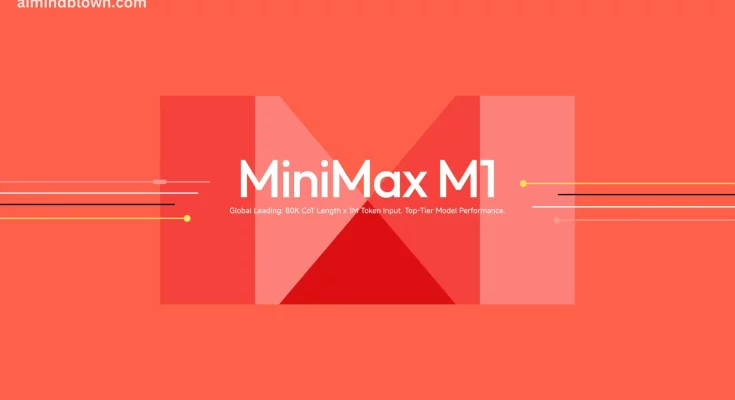What is MiniMax M1
MiniMax, an innovative AI firm based in Shanghai, has recently unveiled its latest creation: the MiniMax M1 model. This open-source reasoning model is designed to rival established players like DeepSeek, as well as major US competitors such as Anthropic, OpenAI, and Google. The launch promises significant advancements in performance and cost efficiency, a crucial factor in the competitive AI landscape.
Open Source Revolution
Released under the Apache software license, the MiniMax M1 is a true open-source model, differentiating it from others like Meta’s Llama series, which operates under a community license that does not fully qualify as open source. This distinction is critical for developers looking for flexibility in implementation and customization without mediation.
Performance Claims
- MiniMax asserts that M1 excels in complex, productivity-oriented scenarios.
- The model has been benchmarked against competitors like OpenAI o3, Gemini 2.5 Pro, and other notable names, demonstrating remarkable performance across various tests.
- Its capability to handle up to one million tokens positions it as a serious competitor against numerous models.
Context Processing Capabilities
One standout feature of the MiniMax M1 is its impressive context window. The model can process 1 million tokens, outpacing DeepSeek’s R1 (which handles 125,000 tokens) significantly. MiniMax claims that this capability allows it to compete closely with more established models like Google’s Gemini 2.5 Pro, which also boasts a substantial context window.
Output and Efficiency
In terms of output, the MiniMax M1 can generate up to 80,000 tokens in response to prompts, surpassing DeepSeek’s maximum of 64,000 tokens but trailing OpenAI’s o3 model, which can generate 100,000 tokens. This places MiniMax at a middle ground between established large language models.
Technological Innovations
Backed by major investors such as Alibaba Group and Tencent, the MiniMax M1 integrates advanced mechanisms like Lightning Attention to enhance both training and inference efficiencies. This innovative attention calculation method allows for robust processing of long context inputs, significantly enhancing the model’s reasoning capabilities.
- The company has indicated that, for intensive reasoning tasks involving 80,000 tokens, its model requires 30% less computing power than deep reasonings with DeepSeek R1
- This efficiency leads to a substantial reduction in operational costs and processing time.
Cost-effectiveness
Cost efficiency is critical in the competitive landscape of AI, and MiniMax underscores its advancements in this area. The entire reinforcement learning phase for the M1 model was conducted using only 512 Nvidia H800s for three weeks, totaling a rental cost of about $537,400. This is significantly less than initially projected and demonstrates MiniMax’s commitment to reducing costs while maximizing output.
As the AI landscape evolves, the introduction of the MiniMax M1 model reflects a shift towards open-source, cost-effective solutions that challenge established giants like DeepSeek, OpenAI, and Google. With its impressive specifications and claims of superior efficiency and performance, MiniMax could indeed redefine competitive dynamics in the AI industry.



